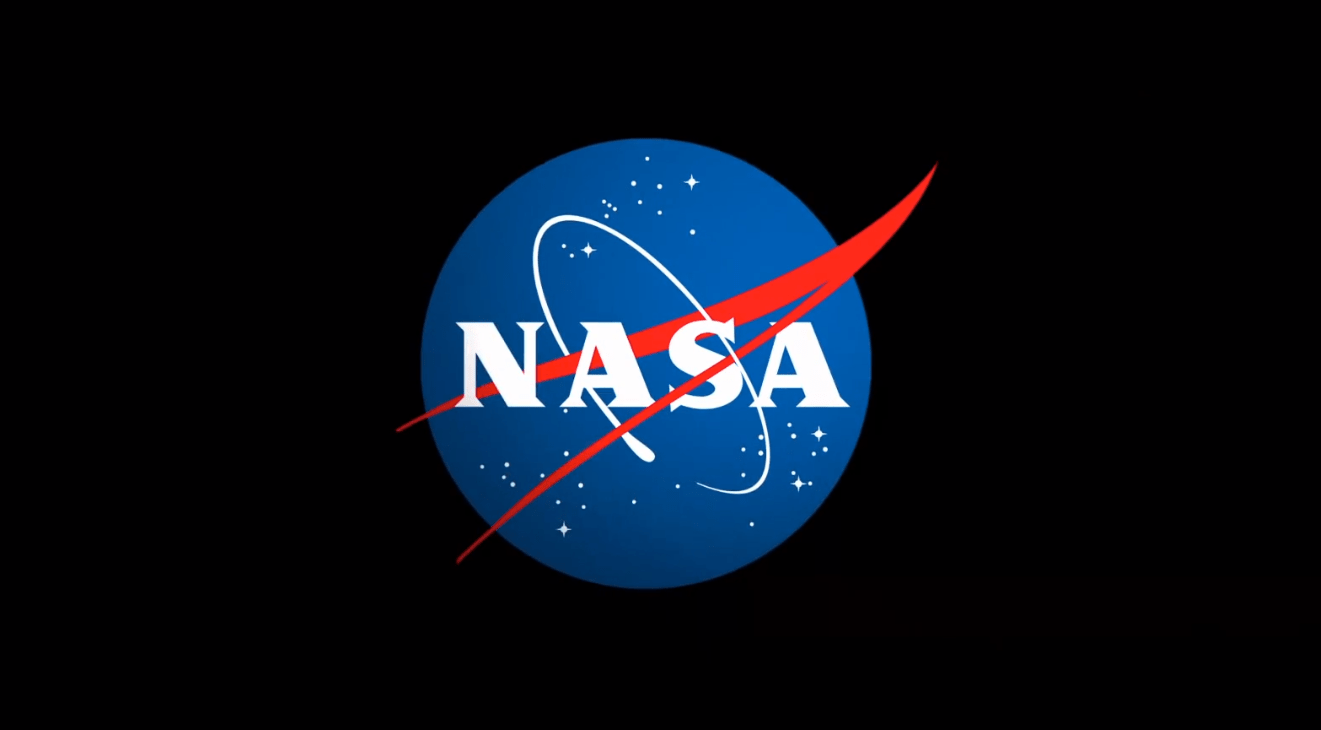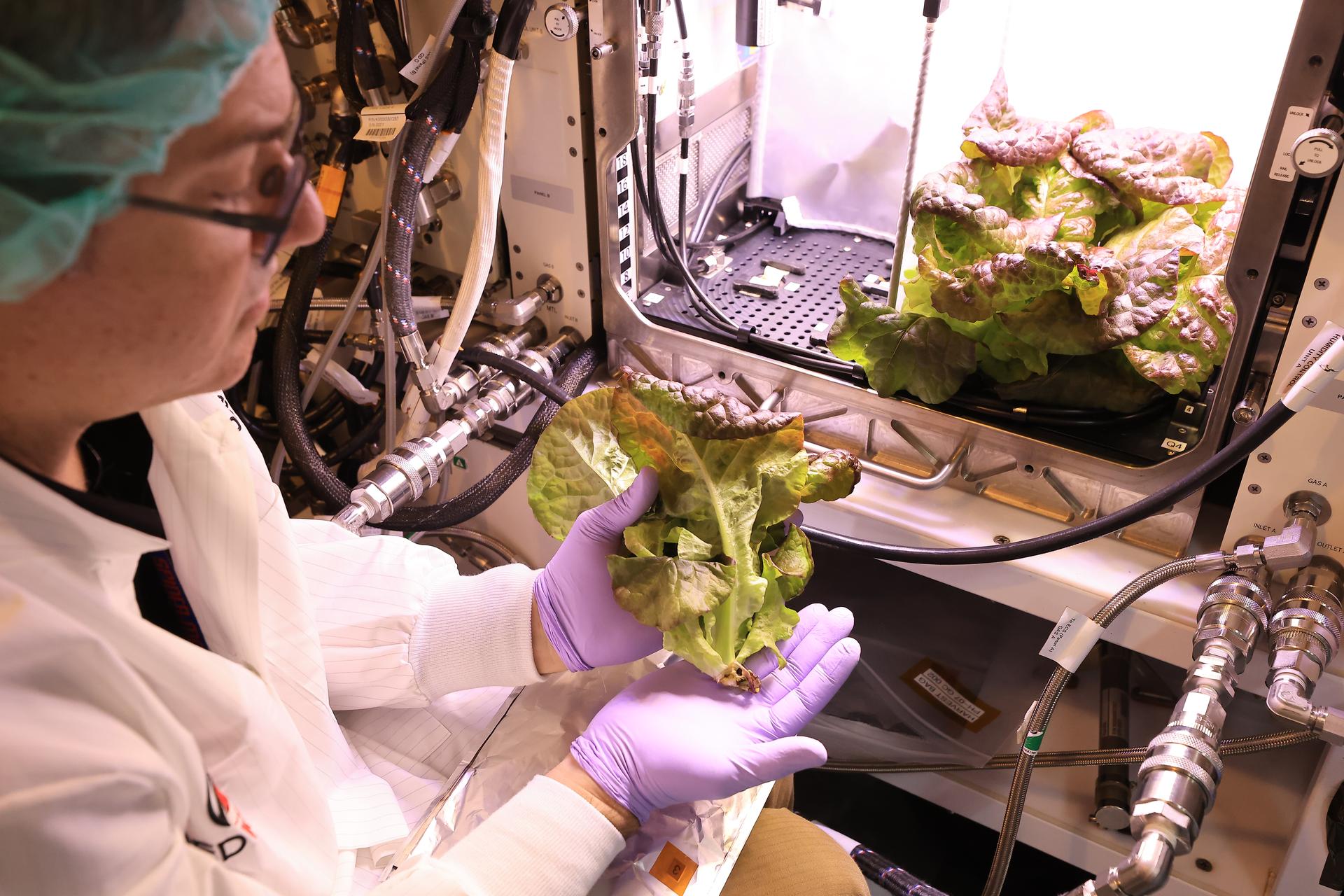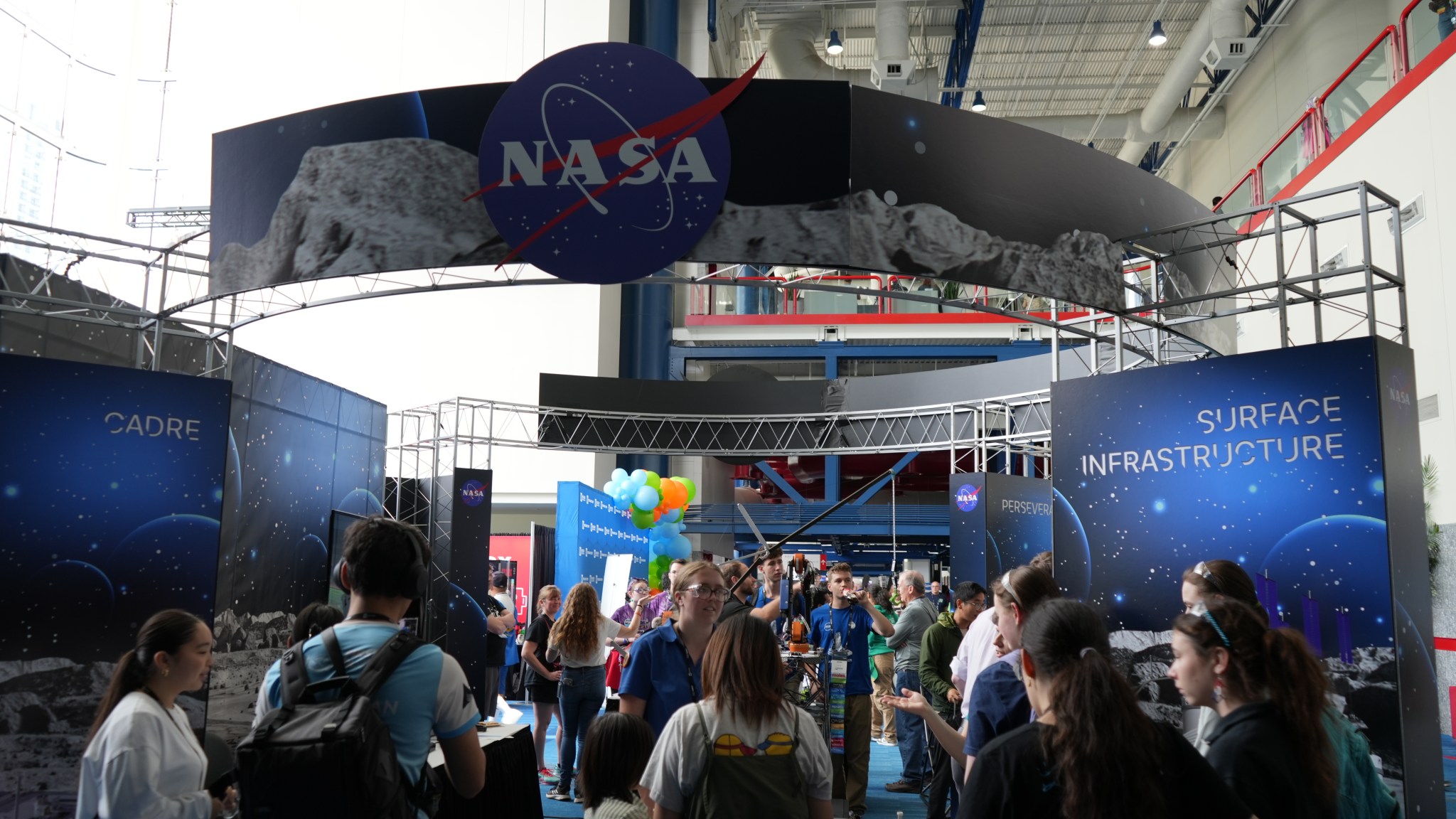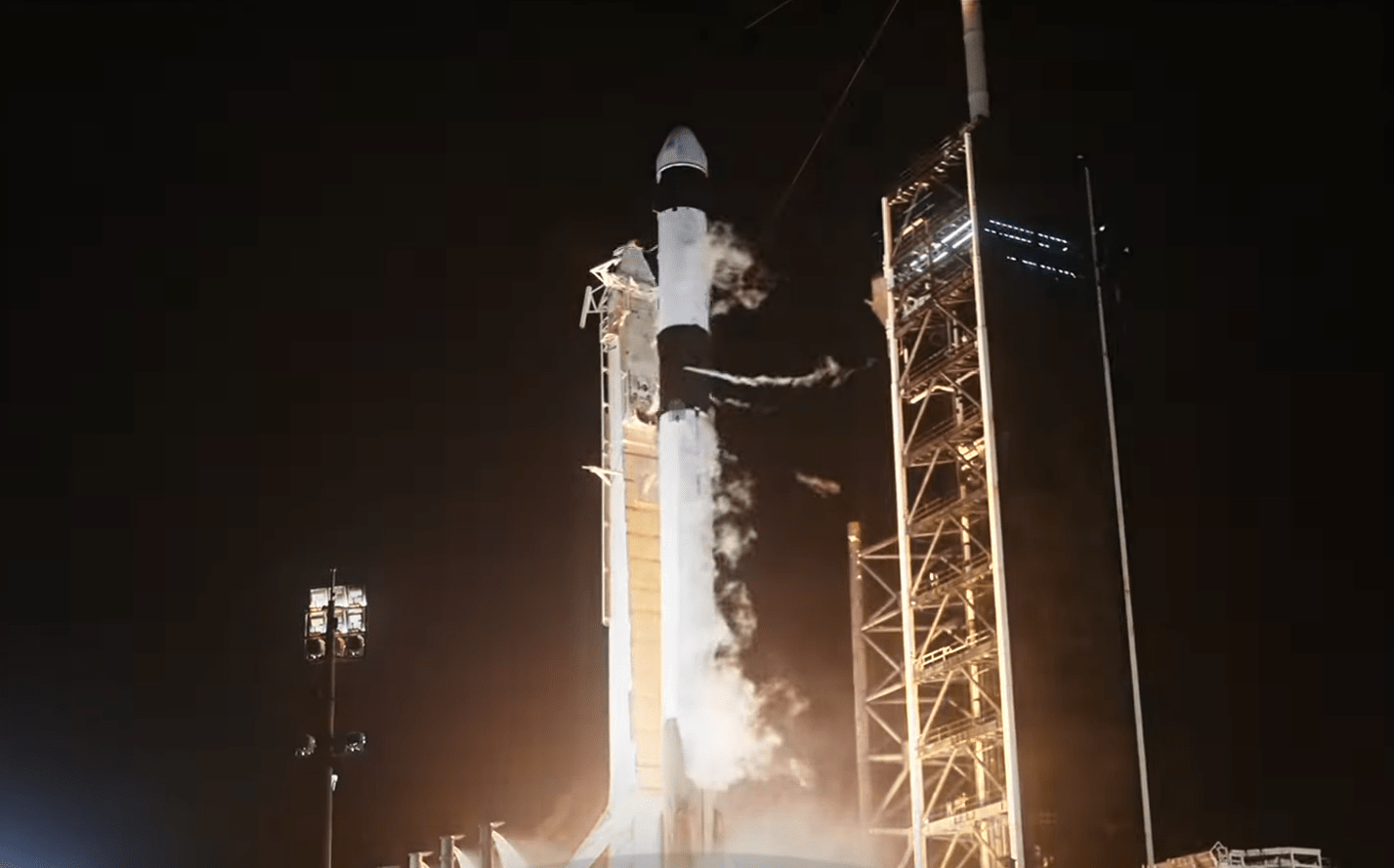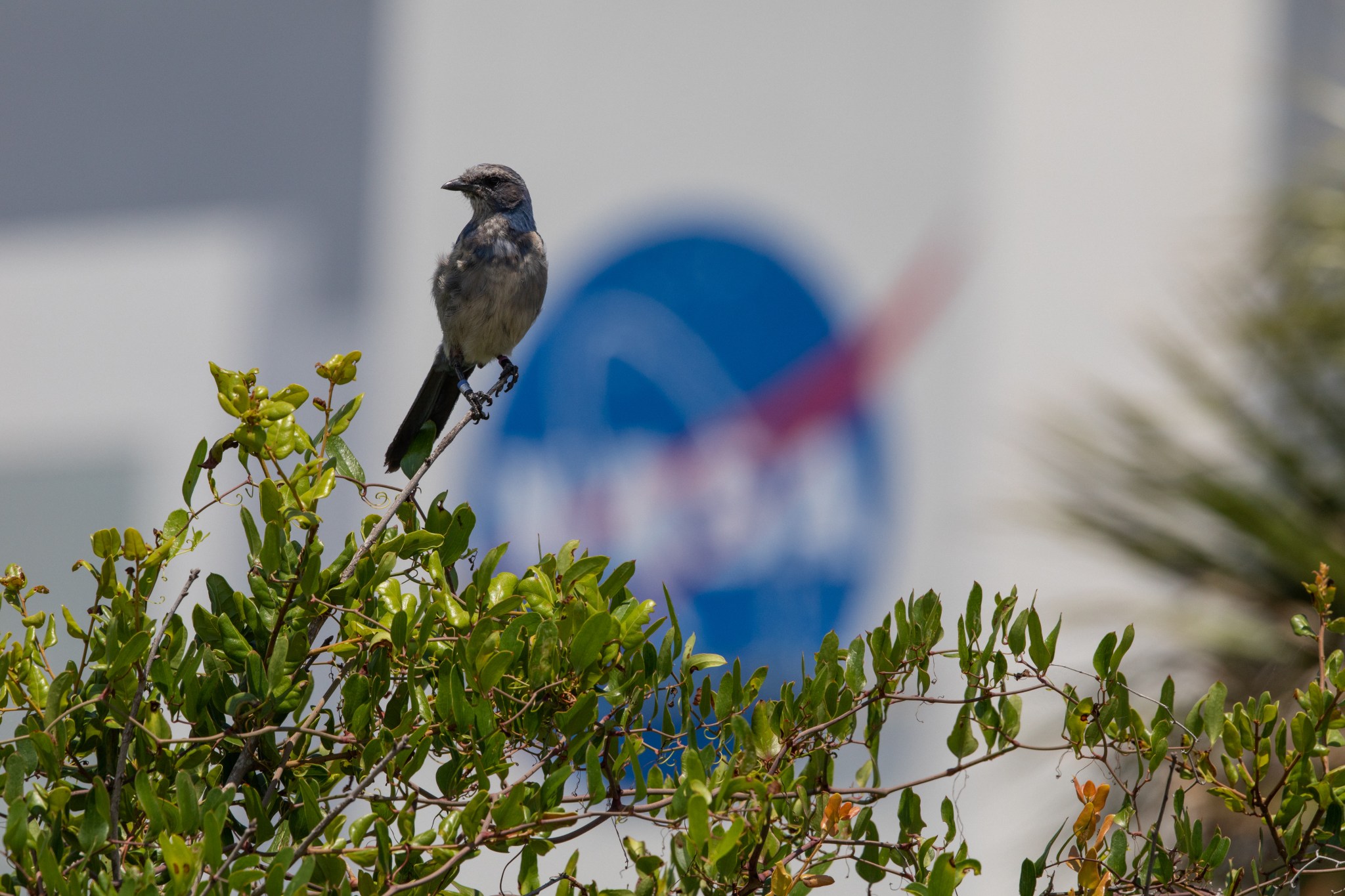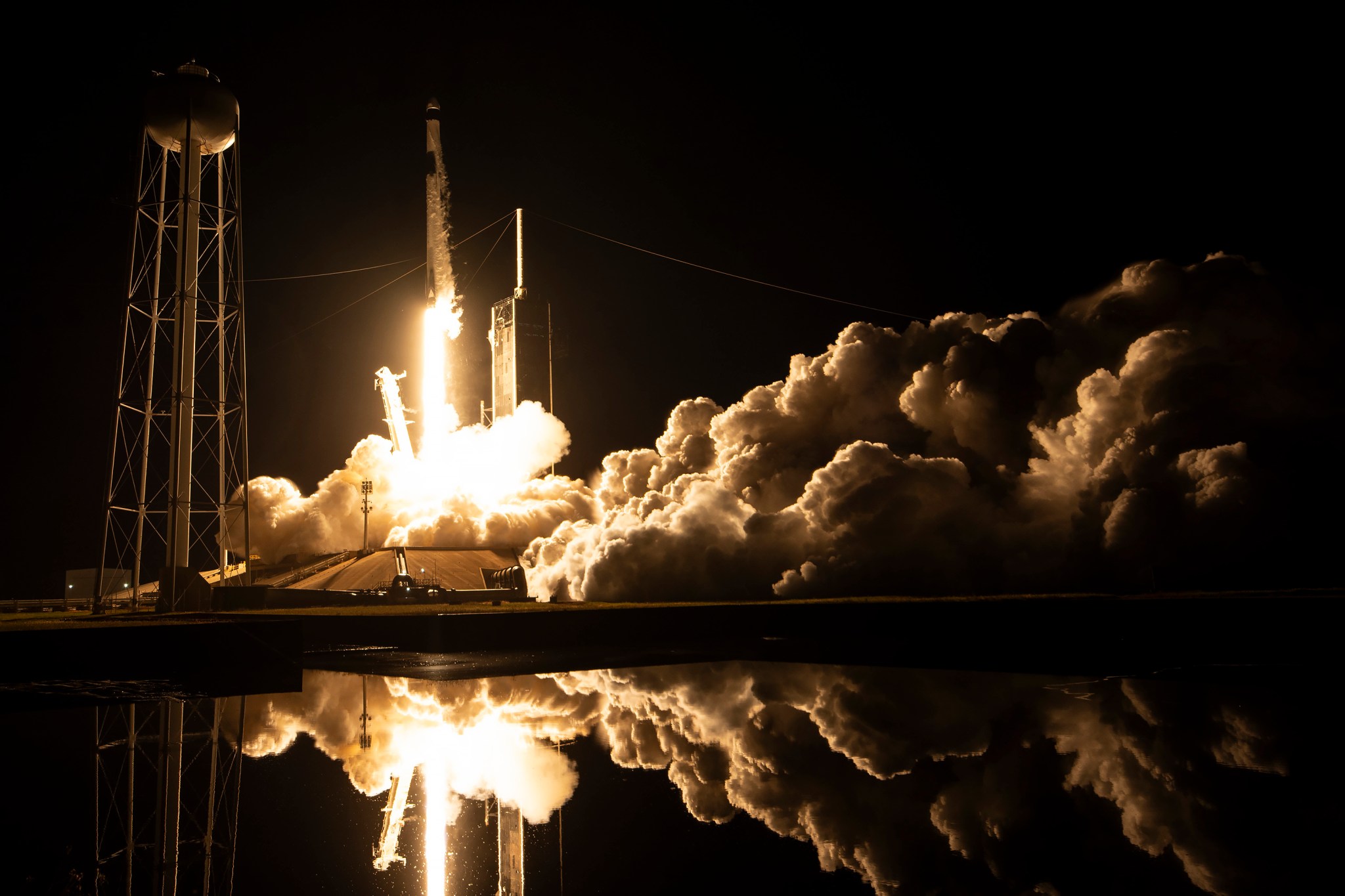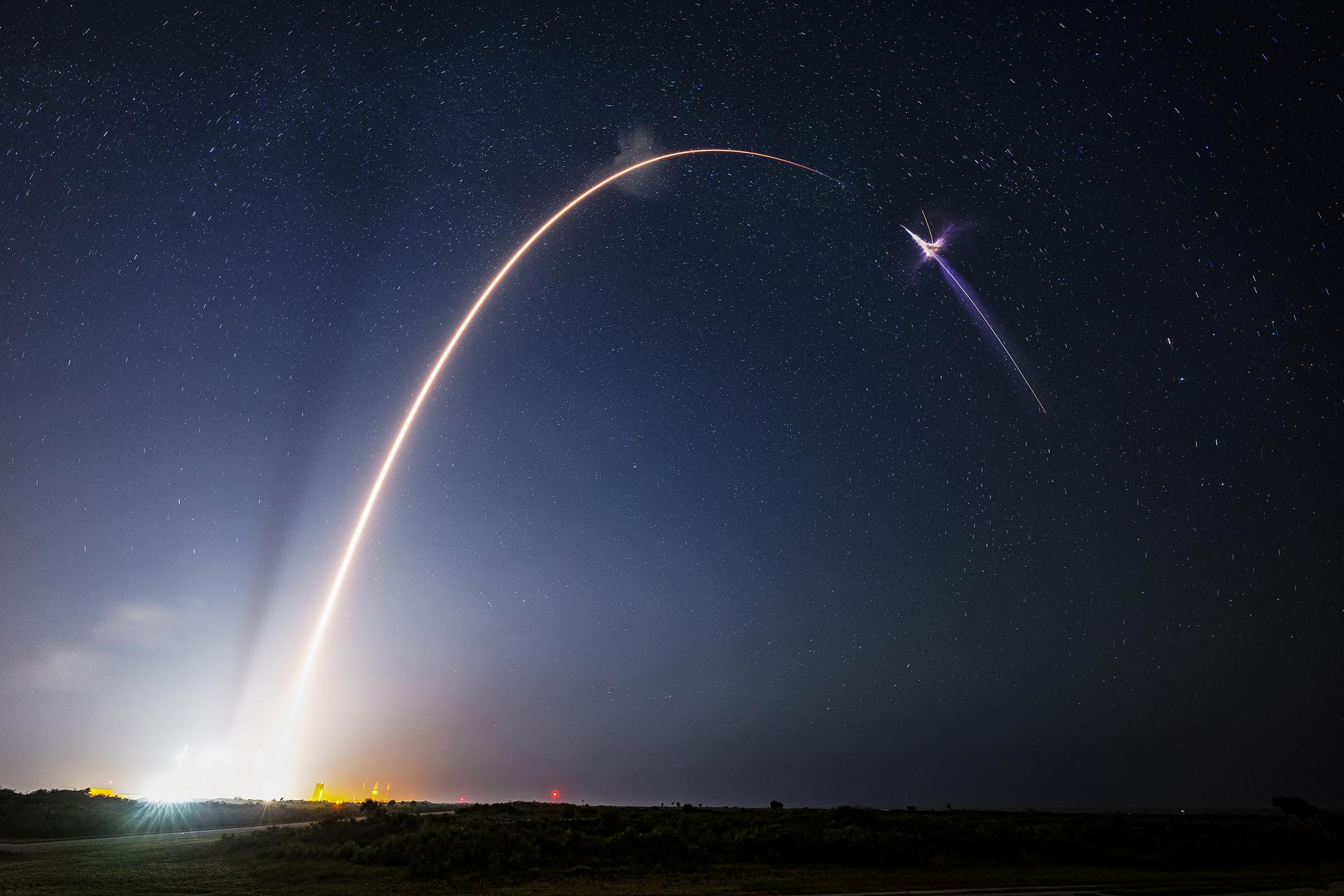NASA named Stanford University of California winner of the Lunar Autonomy Challenge, a six-month competition for U.S. college and university student teams to virtually map and explore using a digital twin of NASA’s In-Situ Resource Utilization Pilot Excavator (IPEx). The winning team successfully demonstrated the design and functionality of their autonomous agent, or software that performs specified actions without human intervention. Their agent autonomously navigated the IPEx digital twin in the virtual lunar environment, while accurately mapping the surface, correctly identifying obstacles, and effectively managing available power. Lunar simulation developed by…
Read MoreTag: Kennedy Space Center
NASA Awards Launch Service Task Order for Aspera’s Galaxy Mission
Credit: NASA NASA has selected Rocket Lab USA Inc. of Long Beach, California, to launch the agency’s Aspera mission, a SmallSat to study galaxy formation and evolution, providing new insights into how the universe works. The selection is part of NASA’s Venture-Class Acquisition of Dedicated and Rideshare (VADR) launch services contract. This contract allows the agency to make fixed-price indefinite-delivery/indefinite-quantity launch service task order awards during VADR’s five-year ordering period, with a maximum total contract value of $300 million. Through the observation of ultraviolet light, Aspera will examine hot gas…
Read MoreNASA Kennedy Engages STEM Participants
Students from Eau Gallie High School in Melbourne, Florida, visited the Prototype Development Laboratory at NASA’s Kennedy Space Center in Florida on Monday, April 28, 2025. The science, technology, engineering, and mathematics (STEM) participants are interested in technical trades and had the chance to hear from technicians at the Prototype Development Laboratory who design, fabricate, and evaluate protypes, test articles, and test support equipment. NASA Kennedy’s Office of STEM Engagement provides opportunities to attract, engage, and enable students seeking careers in science, technology, engineering, and mathematics. “My technical training in…
Read MoreNASA Harvests Lettuce for Space Station Study
Inside a laboratory in the Space Systems Processing Facility at NASA’s Kennedy Space Center in Florida, a payload implementation team member harvests ‘Outredgeous’ romaine lettuce growing in the Advanced Plant Habitat ground unit on Thursday, April 24, 2025. The harvest is part of the ground control work supporting Plant Habitat-07, which launched to the International Space Station aboard NASA’s SpaceX 31st commercial resupply services mission. The experiment focuses on studying how optimal and suboptimal moisture conditions affect plant growth, nutrient content, and the plant microbiome in microgravity. Research like this…
Read MoreRobots, Rovers, and Regolith: NASA Brings Exploration to FIRST Robotics 2025
What does the future of space exploration look like? At the 2025 FIRST Robotics World Championship in Houston, NASA gave student robotics teams and industry leaders a first-hand look—complete with lunar rovers, robotic arms, and real conversations about shaping the next era of discovery. Students and mentors experience NASA exhibits at the 2025 FIRST Robotics World Championship at the George R. Brown Convention Center in Houston from April 16-18. NASA/Sumer Loggins NASA engaged directly with the Artemis Generation, connecting with more than 55,000 students and 75,000 parents and mentors. Through…
Read MoreNASA Moon Observing Instrument to Get Another Shot at Lunar Ops
The Mass Spectrometer Observing Lunar Operations (MSolo) for NASA’s Volatile Investigating Polar Exploration Rover (VIPER) mission is prepared for packing inside a laboratory in the Space Station Processing Facility at NASA’s Kennedy Space Center in Florida on Feb. 21, 2023. MSolo is a commercial off-the-shelf mass spectrometer modified to work in space and it will help analyze the chemical makeup of landing sites on the Moon, as well as study water on the lunar surface. NASA/Kim Shiflett A NASA-developed technology that recently proved its capabilities in the harsh environment of…
Read MoreNASA Science, Cargo Launch on 32nd SpaceX Resupply Station Mission
A SpaceX Falcon 9 rocket carrying a Dragon spacecraft lifts off from Launch Complex 39A at NASA’s Kennedy Space Center in Florida at 4:15 a.m. EDT on April 21 2025, on the company’s 32nd commercial resupply services mission for the agency to the International Space Station. Credit: NASA Following the successful launch of NASA’s SpaceX 32nd Commercial Resupply Services mission, new scientific experiments and supplies are bound for the International Space Station. The SpaceX Dragon spacecraft, carrying approximately 6,700 pounds of cargo to the orbiting laboratory for NASA, lifted off…
Read MoreScrub Jay at the Vehicle Assembly Building
NASA/Ben Smegelsky A scrub jay perches on a branch near the Vehicle Assembly Building at NASA’s Kennedy Space Center in Florida on June 22, 2020. Kennedy shares space with the Merritt Island National Wildlife Refuge, which is home to more than 65 amphibian and reptile, 25 mammal, 117 fish, and 330 bird species. At the time this photo was taken, the NASA “meatball” logo – in the background here – on the Vehicle Assembly Building was being repainted. This iconic building is where the Artemis launch vehicles are stacked and…
Read MoreNASA Invites Virtual Guests to Launch of SpaceX 32nd Resupply Mission
2 min read Preparations for Next Moonwalk Simulations Underway (and Underwater) The SpaceX Falcon 9 rocket carrying the Dragon spacecraft lifts off from Launch Complex 39A at NASA’s Kennedy Space Center in Florida on Thursday, Nov. 9, 2023, on the company’s 29th commercial resupply services mission for the agency to the International Space Station. SpaceX NASA invites the public to participate in virtual activities ahead of the launch of SpaceX’s 32nd commercial resupply services mission for the agency. NASA and SpaceX are targeting launch at 4:15 a.m. EDT Monday, April…
Read MoreNASA Invites Media to SpaceX’s 32nd Resupply Launch to Space Station
The SpaceX Falcon 9 rocket carrying the Dragon spacecraft lifts off from Launch Complex 39A at NASA’s Kennedy Space Center in Florida on Nov. 4, 2024, on the company’s 31st commercial resupply services mission for the agency to the International Space Station. Credit: SpaceX Media accreditation is open for the next launch to deliver NASA science investigations, supplies, and equipment to the International Space Station. NASA and SpaceX are targeting no earlier than Monday, April 21, to launch the SpaceX Dragon spacecraft on the company’s Falcon 9 rocket from Launch…
Read More
